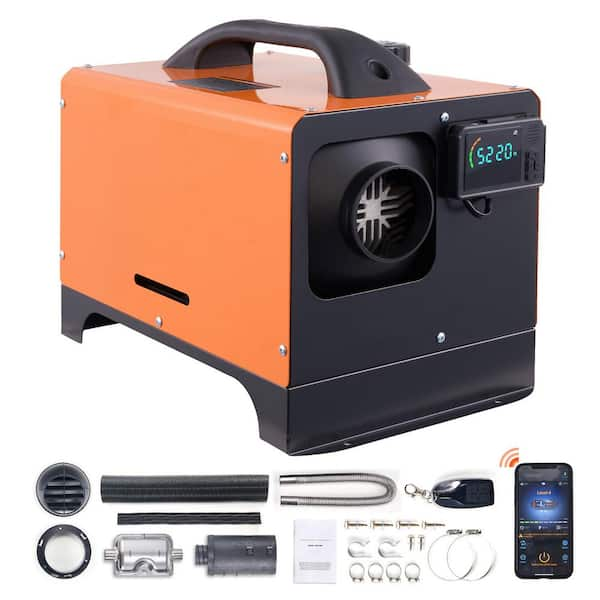The Ultimate Guide To 1 Source Portable Air
7 Simple Techniques For 1 Source Portable Air
Table of ContentsOur 1 Source Portable Air Statements10 Easy Facts About 1 Source Portable Air ShownGetting My 1 Source Portable Air To Work3 Easy Facts About 1 Source Portable Air ExplainedNot known Factual Statements About 1 Source Portable Air
Running prices are based upon an electricity cost of 40c/kWh. The prices for 3 months' use in winter are based on 500 hours utilize, or around 6 hours per day for three months. Optimum warm result is based upon the maximum power level of the versions we've tested (we concentrate on greater power level heating units).
On average, little follower heating units are much less costly to get, yet can have greater running prices. Oil column heating systems will certainly be the most inexpensive on the market to run (on standard) but just by a slim margin in advance of convection heating systems (like panel and micathermic panels).
The smart Trick of 1 Source Portable Air That Nobody is Talking About
If you have a relatively easy to fix ceiling follower, it'll help distribute the warmth around the room much more evenly. A number of pricey heating systems have failed to impress our testers, while some more affordable models make for remarkably excellent buys.
As the name suggests, they radiate warmth from a red-hot home heating component (so the household will have to take turns sitting in front of it). Glowing heaters are reasonably inexpensive.
Glowing heating units typically set you back in between $20 and $200. Oil-filled column heaters don't actually burn oil they utilize power to heat the oil that's secured inside their columns or 'fins'.
Things about 1 Source Portable Air
Some column heaters aren't even oil-filled yet rather make use of various other product or home heating modern technology to function similarly - 1 Source Portable Air. The danger of fire with an oil column heating system is low compared to other heating system kinds, yet never absolutely no. Oil heating systems do not have revealed elements like glowing heaters do, and their surface temperature level is reduced than many other heating system types (their large surface location offsets it)
Oil column heaters will not take off, and while they do not burn their oil to create heat, it's still combustible, so there is a fire danger if the oil leaks, if the heating system tips over and leaks, or if flammable items or material enter into contact or fall on the heater. You should work out the exact same level of care with oil heating systems as for other heating system types, and never hang towels or garments over one to completely dry them utilize a drying out shelf instead, a minimum of one metre away.
Column heating units are especially helpful in rooms where they'll be switched on for long durations of time or where they'll run ignored, such as overnight in a bedroom. The surface areas you're likely to discuss a column heating unit do not get as warm as various other sorts of electric heating units. You can make use of a ceiling follower on very reduced speed to assist the column heating unit to disperse the heat faster and more equally.
Oil-filled column heating units normally cost between $50 and $450. Convection and panel heating units attract cold air over an electrical heating element.
1 Source Portable Air Fundamentals Explained

Convection and panel heating units are more portable than their oil-filled column heating unit counterparts because they're dramatically lighter. They'll heat the air in a space uniformly and quickly. Like a column heating unit, you can use a ceiling follower on very reduced speed to disperse the heat much faster and much more equally. Some designs, specifically panel heating units, are comparatively costly to buy.
)
How 1 Source Portable Air can Save You Time, Stress, and Money.
Follower heaters are often smaller and much more portable than various other electric heaters. They also are available in the type of tower follower heating systems, which can be much better for dispersing warmth around bigger rooms as a result of their taller account. They can heat the air in a room more rapidly, evenly and rapidly than a few other heating unit types.
Follower heating units (ceramic or otherwise) typically cost between $60 and $900. Ceramic follower heating units aren't necessarily any various in cost click this link to non-ceramic designs.